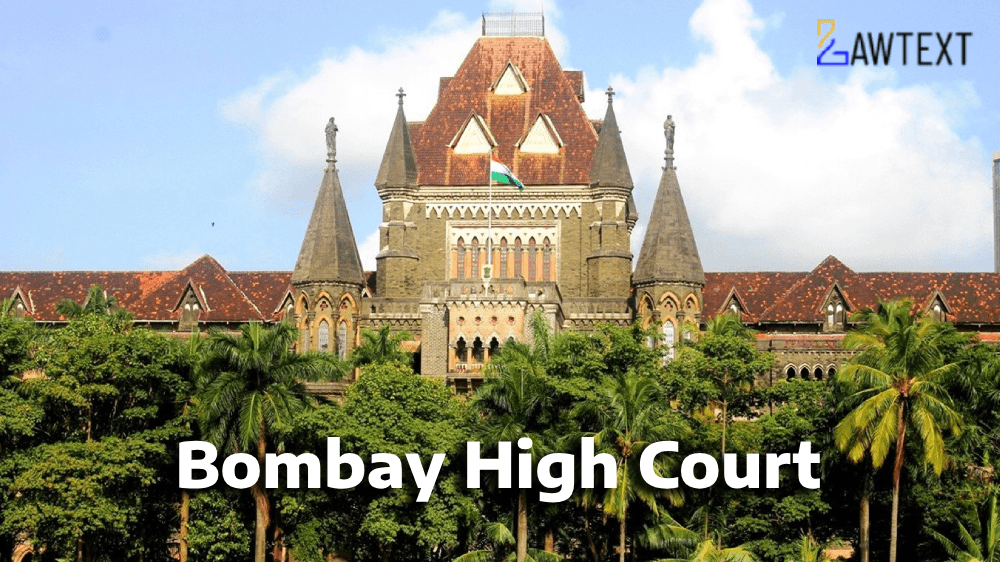CASE NOTE & SUMMARY
Maharashtra Slum Rehabilitation Authority (SRA) Act, where the petitioner, Basilica of Our Lady of the Mount, Mumbai, contests SRA's attempt to acquire its land for slum redevelopment. The petitioner asserts its preferential redevelopment rights as the landowner, citing procedural irregularities and violations of its legal rights.
-
Introduction and Background
- Petitioner: Basilica of Our Lady of the Mount, Bandra (West) Mumbai
- Subject: Land ownership and management of Mount Mary’s Church
- Issue: SRA's attempt to acquire 1596.40 sq. meters of land under Slum Act
-
Legal Challenge
- Basis: Alleged illegality of SRA's notice under Section 14(1) of the Slum Act
- Petitioner's Stand: Asserts preferential redevelopment rights as landowner
- Reference to Legal Precedent: Indian Cork Mills Pvt Ltd v State of Maharashtra
-
Prayers Made in the Petition
- Writ of certiorari to quash the notice dated 29th October 2021
- Writ of mandamus to withdraw/cancel the notice
- Stay on the implementation of the notice during the petition's pendency
-
Factual Background
- Land Details: CTS No. B-960, 9371.30 sq. meters, with 1596.40 sq. meters occupied by slum structures
- History of Negotiations: Attempts by petitioner to redevelop land since 2012
- Interaction with Slum Dwellers: Society formation attempts, developer engagements
-
Chronology of Events
- Key Dates and Correspondence: Letters and meetings between petitioner, slum dwellers, and developers
- Appeal and Objections: Petitioner's objections to slum rehabilitation area declaration under Section 3C of Slum Act
-
Legal Proceedings and Actions
- Appeal to AGRC: Pending appeal against SRA's declaration of land as slum rehabilitation area
- Public Notice by SRA: Issuance of notice for land acquisition despite pending appeal
- Petition Filing: Grounds based on procedural irregularities and violation of petitioner's rights
-
Reliefs Sought
- Legal Remedies: Certiorari to review and quash SRA's actions, mandamus to withdraw/cancel notices
- Stay Order: Request to halt implementation of SRA's notices pending court decision
-
Conclusion
- Emphasizes judicial intervention to protect petitioner's rights as landowner
- Aims to prevent SRA from proceeding with land acquisition for slum redevelopment without due process
Citation: 2024 Lawtext (BOM) (6) 1110
Case Number: WRIT PETITION NO. 1212 OF 2022
Date of Decision: 2024-06-11
Case Title: Bishop John Rodrigues Versus The State of Maharashtra Ors.
Before Judge: G. S. KULKARNI & JITENDRA JAIN, JJ.
Advocate(s): Dr. Milind Sathe, Senior Advocate with Mr. Bhushan Deshmukh, Mr. Aditya Miskita, Ms. Neha Mehta, Ms. Aayushi Gohil, Mr. Umair Merchant, Ms. Triveni Jawale i/b M. T. Miskita & Co. for Petitioner/Applicant. Mr. Manish Upadhye, AGP for State of Maharashtra Respondent No. 1. Smt. P. H. Kantharia for Respondent Nos. 2 & 3, SRA. Mr. Mayur Khandeparkar i/b Milind Nar for Respondent No. 4. Mr. Virag Tulzapurkar, Sr. Adv. a/w Mr. Sour Subha Ghosh, Ms. Shubra Swami Paranjpe, Ms. Sanaya Patel, Mr. Siddhant Trivedi i/b Indus Law for Respondent No. 5.
Appellant: Bishop John Rodrigues
Respondent: The State of Maharashtra Ors.

